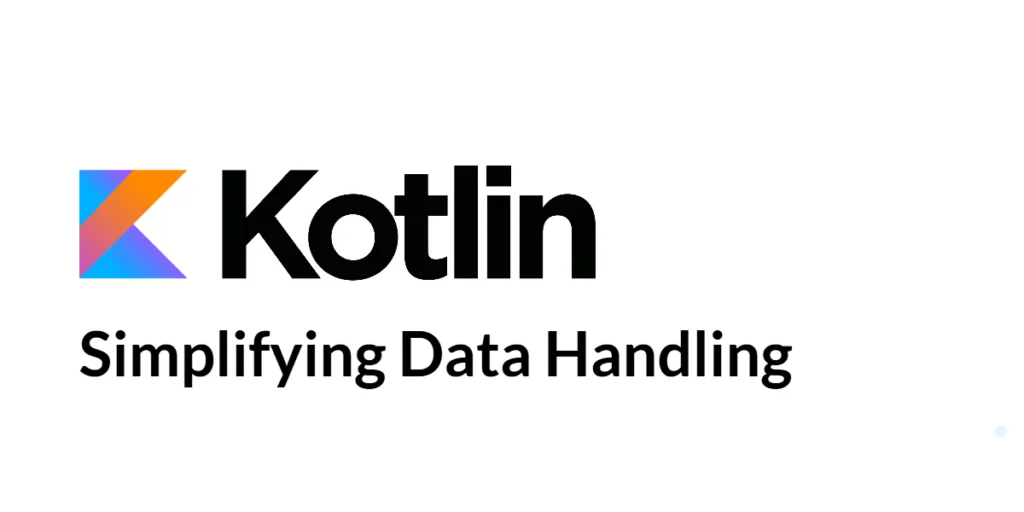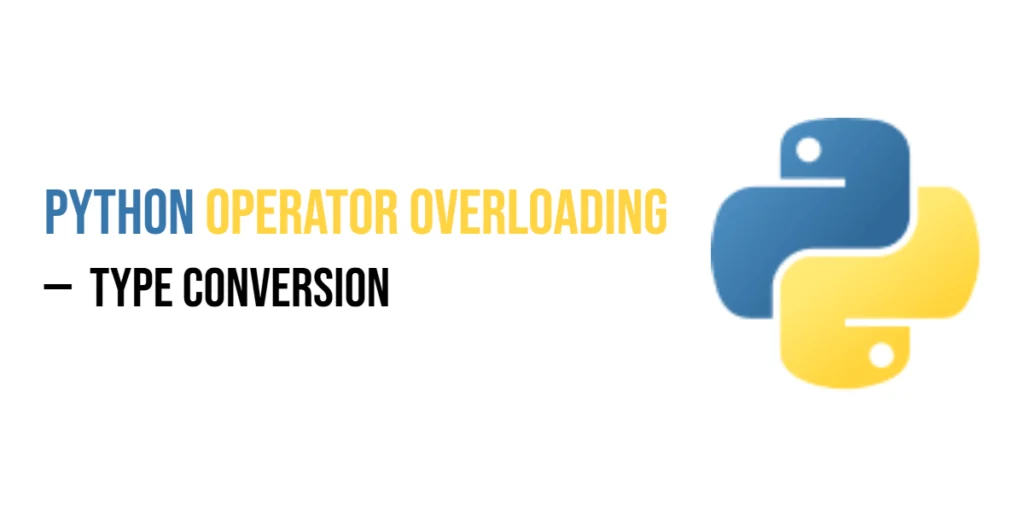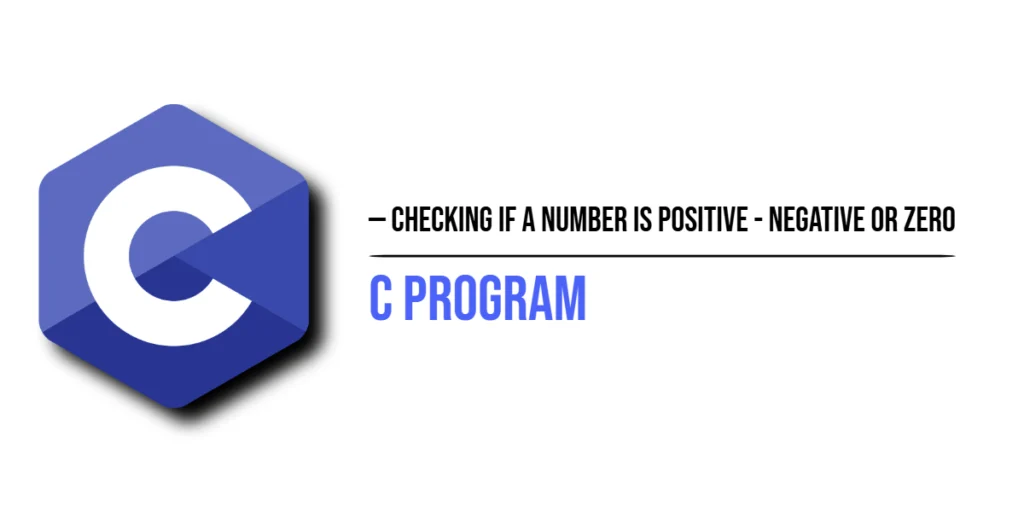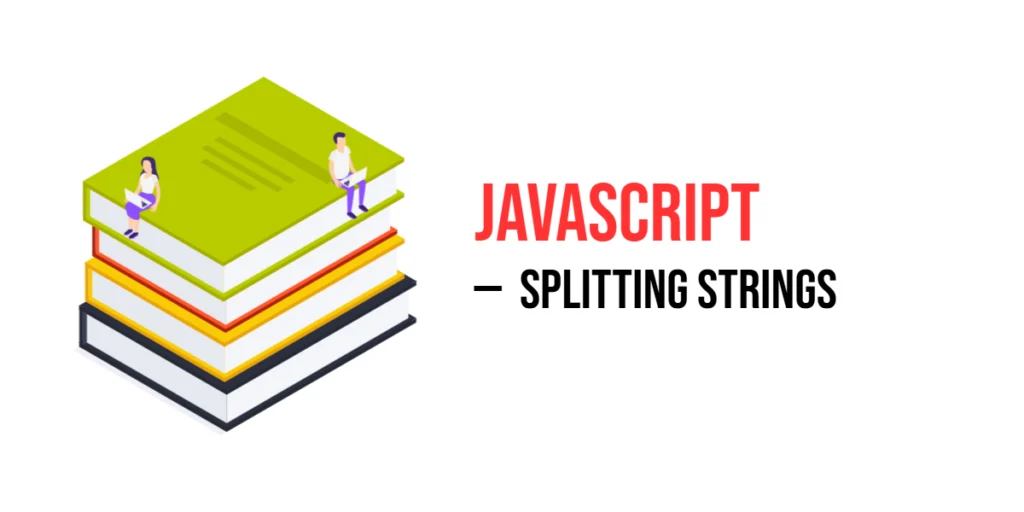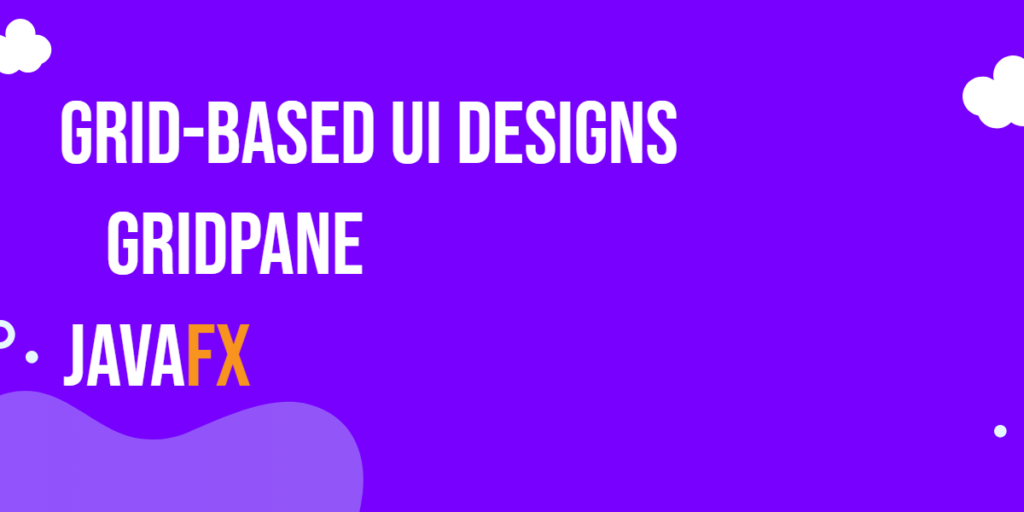Data classes in Kotlin are a powerful feature that simplifies the handling of data. They are designed to hold data and provide a concise syntax for creating classes that primarily serve as data containers. By using data classes, you can automatically generate standard methods such as toString(), equals(), hashCode(), and copy(), which greatly reduces boilerplate code.

with hands-on learning.
get the skills and confidence to land your next move.
In this guide, we will explore how to define and use data classes in Kotlin. We will cover their basic syntax, built-in functions, destructuring declarations, and how to use them with inheritance. Additionally, we will look at practical examples to illustrate their usefulness in real-world scenarios.
Defining Data Classes
Basic Syntax
A data class in Kotlin is defined using the data keyword. The primary constructor must have at least one parameter.
data class User(val name: String, val age: Int)In this example, we define a simple data class User with two properties: name and age.
Properties and Initialization
The properties declared in the primary constructor are automatically initialized and can be accessed directly.
data class User(val name: String, val age: Int)
fun main() {
val user = User("Alice", 30)
println(user.name) // Output: Alice
println(user.age) // Output: 30
}Here, we create an instance of the User data class and access its properties.
Built-in Functions
toString()
The toString() function returns a string representation of the object, including its property values.
data class User(val name: String, val age: Int)
fun main() {
val user = User("Alice", 30)
println(user.toString()) // Output: User(name=Alice, age=30)
}In this example, the toString() function provides a readable string representation of the User object.
equals()
The equals() function compares two objects for equality based on their property values.
data class User(val name: String, val age: Int)
fun main() {
val user1 = User("Alice", 30)
val user2 = User("Alice", 30)
println(user1 == user2) // Output: true
}Here, user1 and user2 are considered equal because their properties have the same values.
hashCode()
The hashCode() function generates a hash code for the object, which is consistent with equals().
data class User(val name: String, val age: Int)
fun main() {
val user1 = User("Alice", 30)
val user2 = User("Alice", 30)
println(user1.hashCode()) // Output: Hash code value (varies)
println(user2.hashCode()) // Output: Same hash code value as user1
}The hash codes for user1 and user2 are the same since their properties are equal.
copy()
The copy() function creates a new instance of the data class with the same property values, allowing you to modify specific properties.
data class User(val name: String, val age: Int)
fun main() {
val user1 = User("Alice", 30)
val user2 = User("Alice", 30)
val user3 = user1.copy(age = 35)
println(user3) // Output: User(name=Alice, age=35)
}In this example, user3 is a copy of user1 with the age property changed to 35.
Destructuring Declarations
Data classes support destructuring declarations, which allow you to extract properties into separate variables.
data class User(val name: String, val age: Int)
fun main() {
val user = User("Alice", 30)
val (name, age) = user
println("Name: $name, Age: $age") // Output: Name: Alice, Age: 30
}Here, the properties name and age are extracted from the user object and assigned to separate variables.
Data Classes with Inheritance
Data classes can implement interfaces, but they cannot be open or abstract. However, you can use inheritance to share common properties and behavior.
interface Person {
val name: String
}
data class Employee(override val name: String, val position: String) : Person
fun main() {
val employee = Employee("Bob", "Developer")
println(employee) // Output: Employee(name=Bob, position=Developer)
}In this example, Employee implements the Person interface and inherits the name property.
Practical Examples
Data Classes for API Responses
Data classes are ideal for modeling API responses due to their concise syntax and built-in functions.
data class User(val name: String, val age: Int)
data class ApiResponse(val status: String, val data: List<User>)
fun main() {
val response = ApiResponse("success", listOf(User("Alice", 30), User("Bob", 25)))
println(response) // Output: ApiResponse(status=success, data=[User(name=Alice, age=30), User(name=Bob, age=25)])
}Here, we define an ApiResponse data class to model the response from an API, which includes a status and a list of User objects.
Data Classes in Collections
Data classes work well with collections, providing easy manipulation and retrieval of data.
data class User(val name: String, val age: Int)
fun main() {
val users = listOf(User("Alice", 30), User("Bob", 25))
val filteredUsers = users.filter { it.age > 25 }
println(filteredUsers) // Output: [User(name=Alice, age=30)]
}In this example, we use a list of User objects and filter it to include only users older than 25.
Conclusion
Data classes in Kotlin provide a powerful and concise way to handle data. By automatically generating standard methods like toString(), equals(), hashCode(), and copy(), data classes reduce boilerplate code and improve readability. Understanding how to define and use data classes, leverage destructuring declarations, and implement them in practical scenarios will help you write cleaner and more maintainable Kotlin code.
Additional Resources
To further your understanding of Kotlin data classes and their capabilities, consider exploring the following resources:
- Kotlin Documentation: The official documentation for Kotlin. Kotlin Documentation
- Kotlin by JetBrains: Learn Kotlin through official JetBrains resources. Kotlin by JetBrains
- Kotlin for Android Developers: A comprehensive guide to using Kotlin for Android development. Kotlin for Android Developers
- Kotlin Koans: Interactive exercises to learn Kotlin. Kotlin Koans
- KotlinConf Talks: Watch talks from the Kotlin conference. KotlinConf Talks
By leveraging these resources, you can deepen your knowledge of Kotlin and enhance your ability to develop efficient and maintainable applications.
